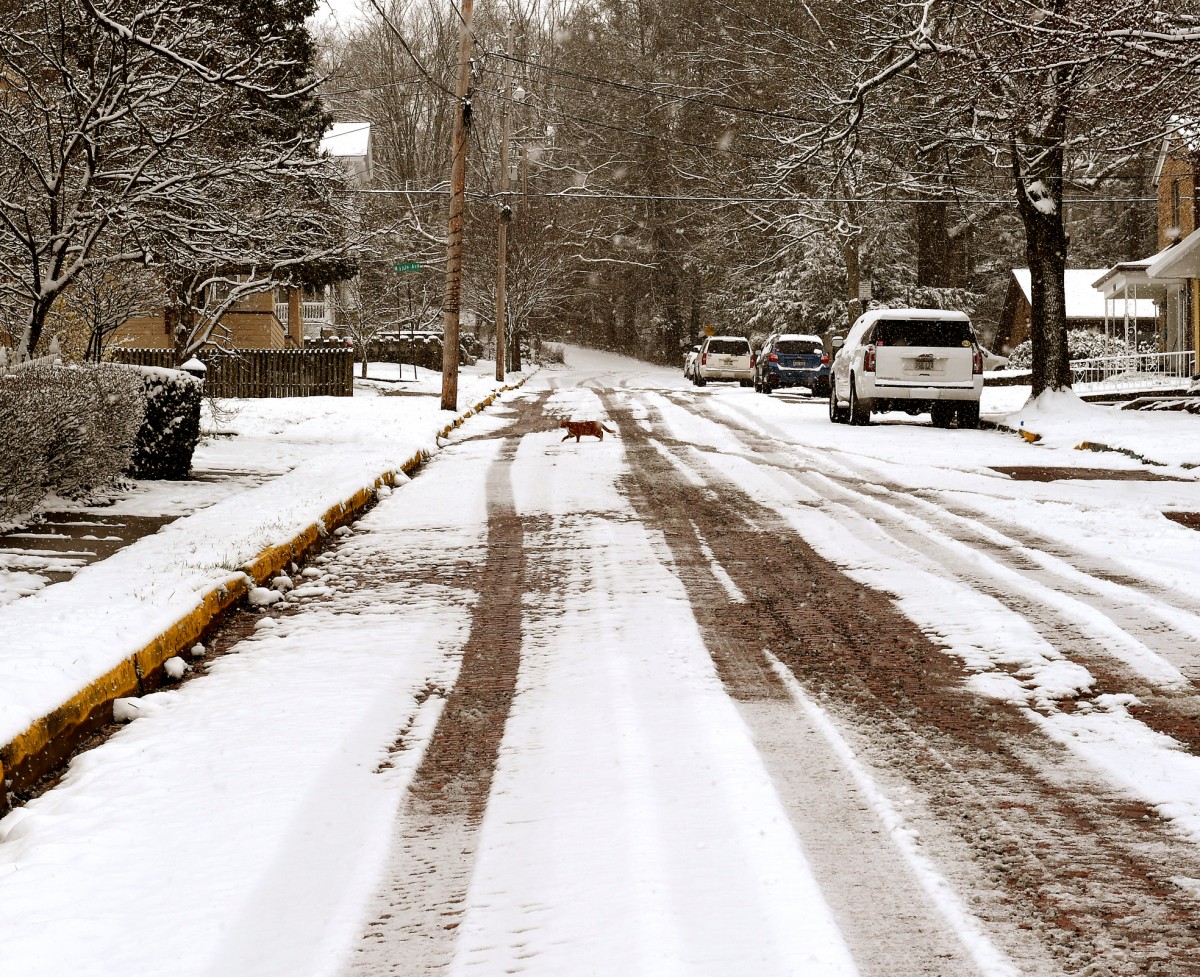MORGANTOWN — When the sun came up last Jan. 3, it didn’t do much.
The mercury across Monongalia County that morning shivered around the 9-degree mark.
And the barely there temperature prompted school officials to cancel classes — as no one wanted to subject students to such an arctic onslaught as they waited for school buses.
Lesson plans were already heating up, however.
Mon County Schools instituted the first of the district’s “Arctic Academy and Beyond” days for the year that morning.
Arctic Academy is an inclement-weather delivery system created by the district.
On snow days and other days when buildings are unexpectedly closed, students work through lessons pre-loaded on their school-issued Google Chromebooks.
The work is supplemental to what happens in class and doesn’t require an internet connection to crack open.
Teachers are also available by email or telephone if the student hits a snag.
“No one’s out there alone,” said Donna Talerico, Mon’s assistant superintendent of schools.
With winter on the way, the county’s 8,000-plus Chromebooks are already pre-loaded with learning, Talerico said.
Talerico, who began her career as an elementary school teacher, said she likes the Arctic Academy model.
“Our kids don’t lose anything,” she said. “We keep the continuity.”
It’s also part of the digital way things get done these days.
While Mon’s district was warming up the homework on that frigid day last January, Google reported 25 million students were using their Chromebooks nationwide.
Each Arctic Academy assignment takes around 20 minutes, with a preferred due date of two days after the return to school. Anything turned in after five days is marked as a missed assignment.
Students in Mon County are issued Chromebooks from second grade on, while those in pre-kindergarten through first grade still receive the traditional bad weather/holiday homework packets.
Not that they don’t already know how to trek the digital environs, Sandy DeVault said.
DeVault, Talerico’s fellow assistant superintendent, still marvels at the technology.
“I never thought I’d see textbooks on a digital device,” she said.
No one knows what we’ll see outside come January and February, but forecasters right now are tentatively calling for a warmer winter across north-central West Virginia. That means more rain than snow, and fewer 9-degree mornings.
Even so, the district already has five Arctic Academy days factored into the calendar.
Unprecedented Arctic-spates aside, predicting West Virginia’s weather in winter has always been a hold-cold proposition, AccuWeather’s Andy Mussoline told The Dominion Post previously.
The Mountain State’s diverse topography loves pulling pranks on people like him, he said.
West Virginia, he said, is a “pivot-point” of sorts: Mountainous terrain to the east, with flat lands to west and rolling, sloping hills in the north-central of the state, which includes Morgantown and Monongalia County.
Conflicting air masses from Canada and the Gulf of Mexico mix it up here all the time, Mussoline said.
“That’s why you guys will be 55 degrees one day and 15 the next,” he said.
Weather or not, Talerico reiterated, all Arctic Academy systems are good to go.
Asked if she’s following AccuWeather, The Old Farmer’s Almanac or any other entity that goes wild with wind chills and squirrely on snow squalls, she laughed and gave an across-all-platforms no.
“I’m trying not to hear any of that,” she said. “I’ll just wait and see what happens.”
Tweet @DominionPostWV. Email jbissett@dominionpost.com.




